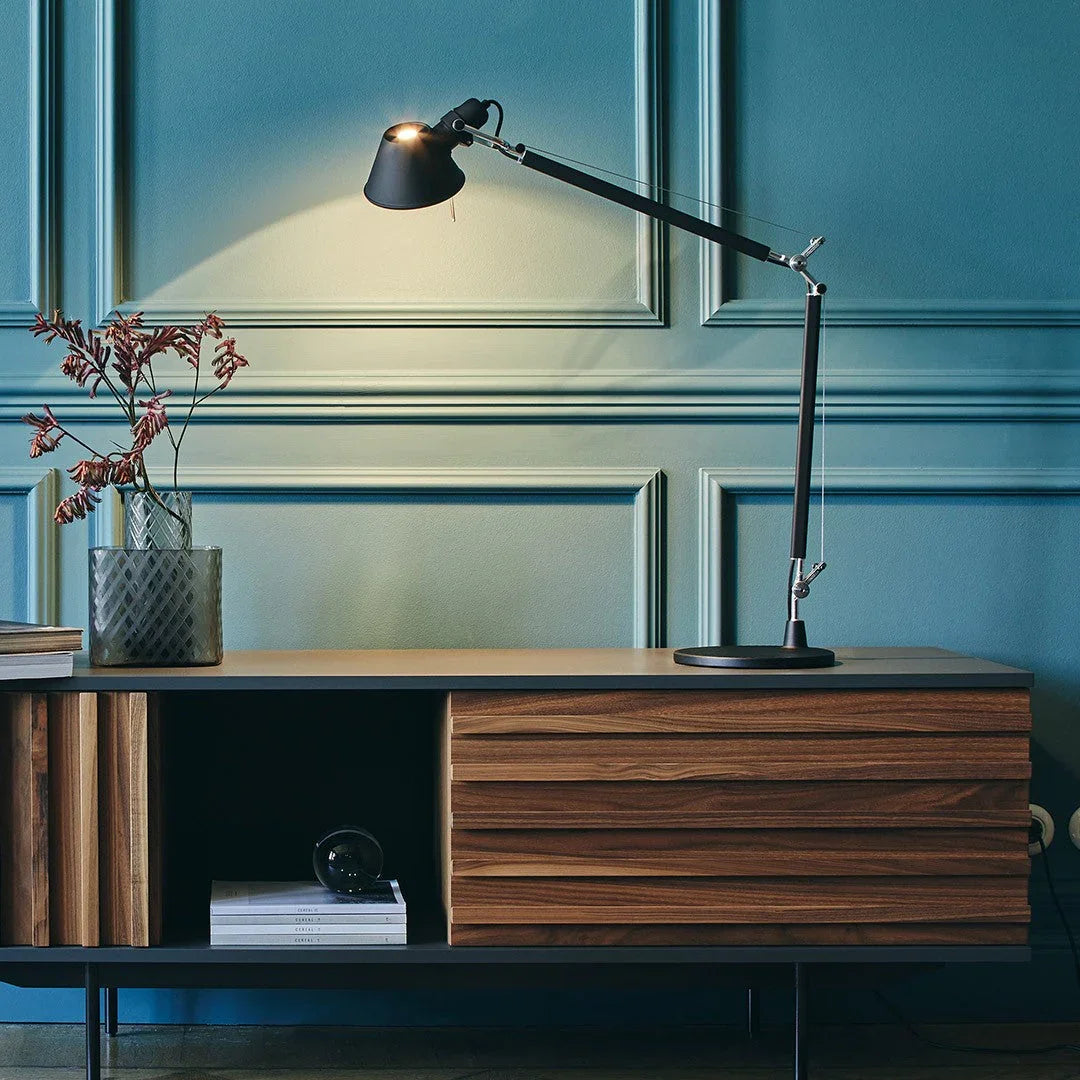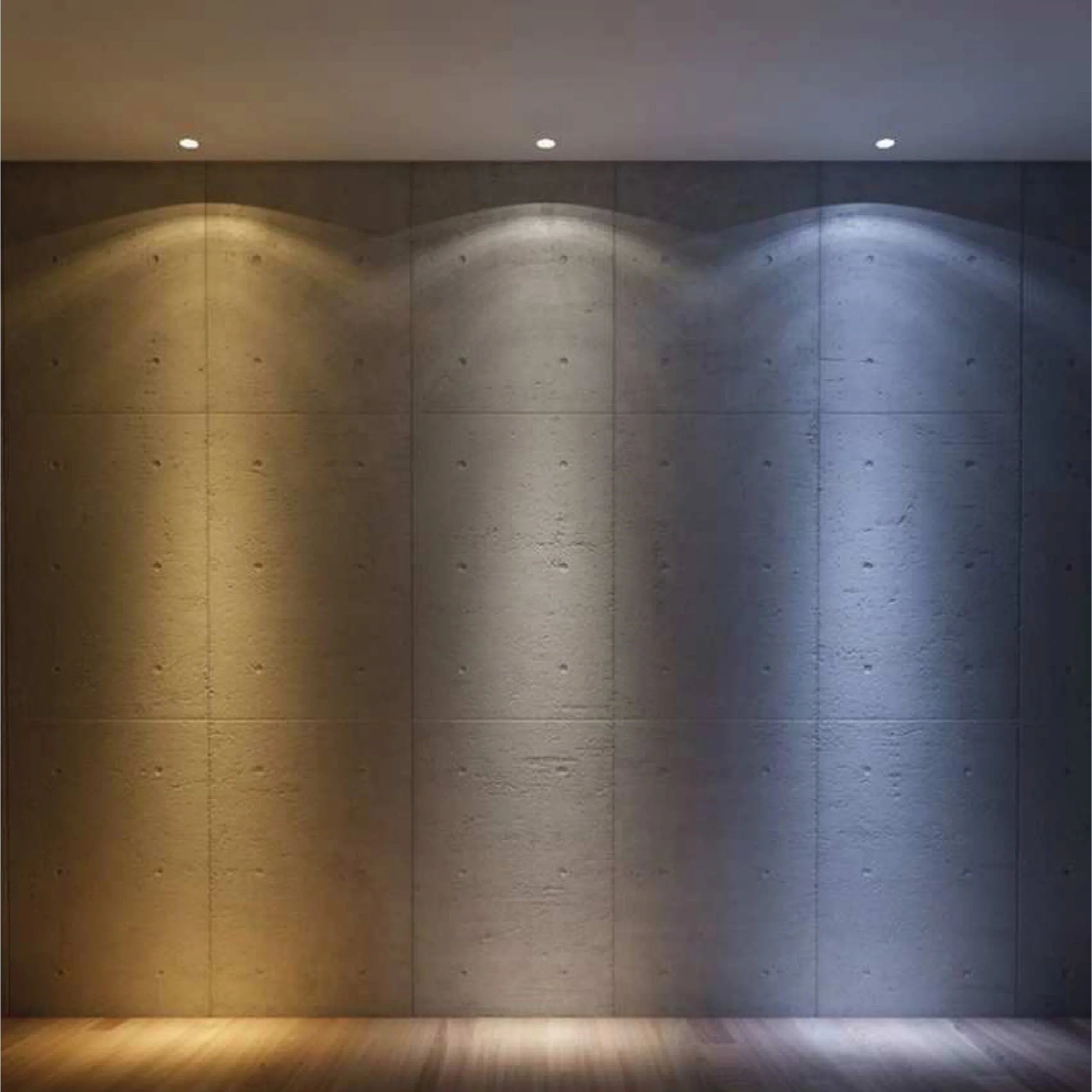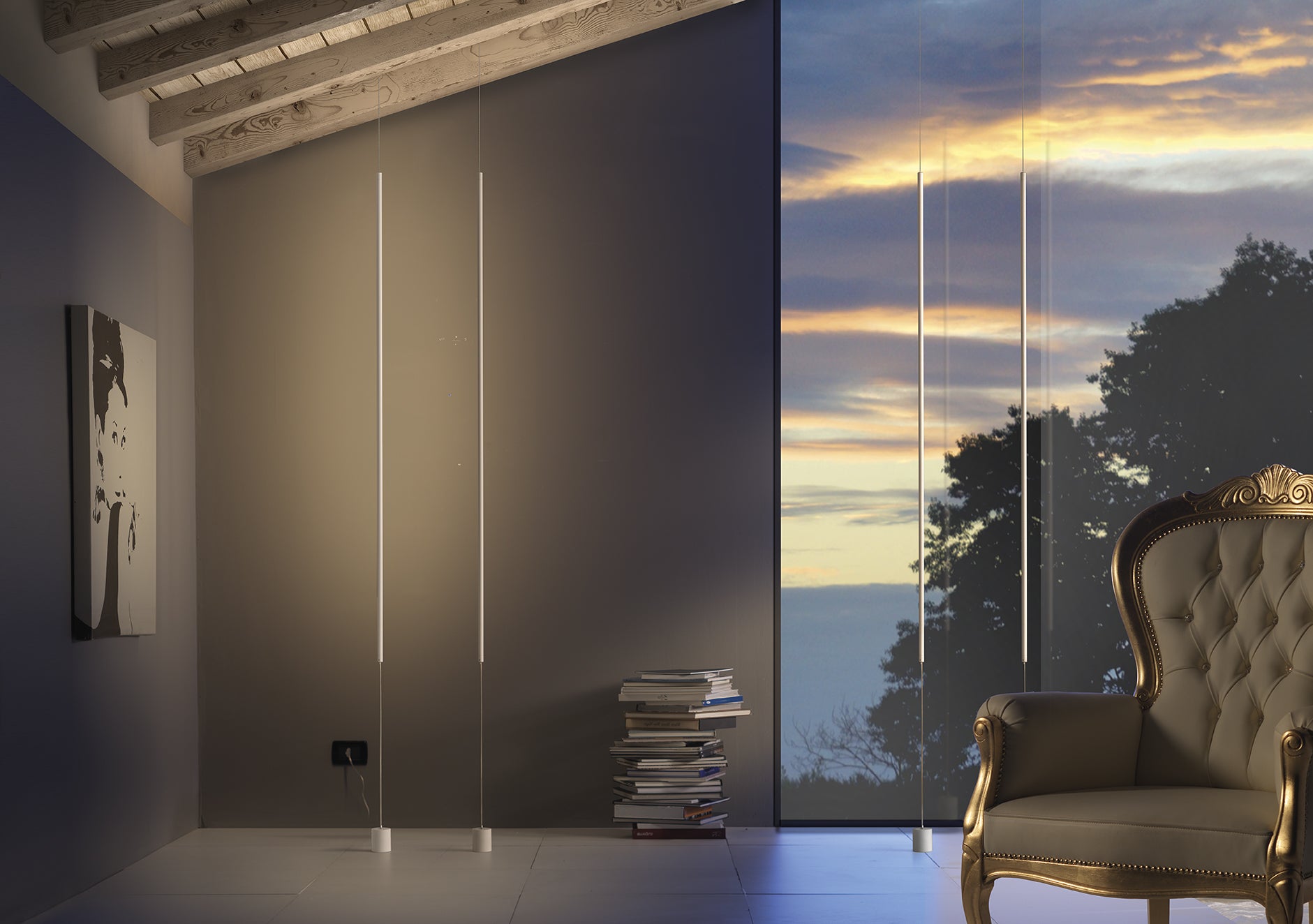Lighting has come a long way from simple flames to sophisticated smart systems. Each innovation has improved the efficiency, safety and aesthetics of the light we use every day.
In this article, we will explore the history of lighting, from the ancient use of whale oil to the arrival of LEDs, one of the most important innovations in modern lighting.
1. The Origins: Whale Oil and Oil Lamps
The earliest forms of artificial lighting date back thousands of years. Ancient civilizations, such as the Egyptians, Greeks, and Romans, used oil lamps, often fueled by olive oil or animal fats . These devices were quite simple: a container with a small flame that emitted a dim but useful light for illuminating interior spaces at night.
In the Middle Ages and the following centuries, whale oil became a valuable resource for domestic and public lighting. This fuel provided a more stable light than other oils, but its use led to intensive hunting of cetaceans, making it necessary to find more sustainable alternatives.
While effective, these lamps were also prone to fumes and poor energy efficiency .
2. The Age of Candles: Light Accessible to All
Candles have dominated home lighting for centuries. Already used by the ancient Romans, they were refined in the Middle Ages, becoming more accessible and versatile . The first candles were made of tallow (animal fat), but they had the defect of emitting smoke and a bad smell. Beeswax, more expensive, guaranteed a cleaner and longer-lasting burn and was often used in places of worship.
With the industrial revolution, candle production became more efficient thanks to the use of paraffin , a by-product of petroleum. Despite the arrival of more modern solutions, candles still play an important role in mood lighting and decoration.
3. The 19th Century: Gas Lighting Transforms Cities
As technology advanced, gas lamps became more common in the 19th century, especially in cities. Gas lighting, fueled by coal gas or natural gas, offered a brighter, more consistent light than candles and oil lamps.
The first cities to install gas street lighting saw a marked improvement in safety and nighttime livability . However, the risks of explosions and gas leaks led to a search for safer alternatives.
4. The great revolution: the invention of the light bulb
In 1879 , Thomas Edison patented the incandescent light bulb , an invention that radically changed the way we light our homes. Using a tungsten filament inside a vacuum-sealed glass bulb , the electric light bulb offered a steady light without smoke or unpleasant odors.
Electricity quickly began to replace gas, making lighting safer and more efficient. Incandescent light bulbs dominated the market for over a century, until more sustainable alternatives were introduced.
5. The 20th Century: Fluorescence and Halogens for Greater Efficiency
During the twentieth century, research led to new solutions to improve the energy efficiency of lighting. Fluorescent light bulbs , introduced in the 1930s , offered a low-energy alternative to incandescent bulbs , reducing energy costs and increasing the life of the light.
Halogen bulbs, an evolution of incandescent bulbs, provided a brighter, more intense light, ideal for specific uses such as car headlights and professional lighting. However, both of these technologies still had high energy consumption compared to modern solutions.
6. Lighting today: the dominion of LEDs
The most significant innovation in recent decades has been the introduction of LEDs (Light Emitting Diodes) . These devices consume up to 90% less than incandescent bulbs and last up to 25 times longer .
LEDs are versatile, available in different shades and colors, and can be adjusted in intensity. Thanks to their efficiency and cost reduction over time, they are now the best choice for those looking for sustainable and elegant lighting.
7. The future: smart and sustainable lighting
Today, lighting is not just about light, but about experience. Smart lamps allow you to adjust the color temperature , program on and off times, and control the environment via smartphone or voice commands.
The future of lighting is oriented towards sustainability , with increasingly ecological solutions and innovative materials that reduce the environmental impact.
In conclusion: from History to your home
From whale oil to smart LEDs, lighting has evolved dramatically, improving the quality of life and the design of spaces. Today, the most modern solutions offer efficiency, durability and refined aesthetics. If you are looking for
designer lamps that combine
technology and style ,
discover the Lumiavera collection :
elegance, innovation and sustainability to illuminate your spaces with personality.








